Wine Tours in Tuscany - About Angie - +39 3333185705 - angie.chianti@gmail.com
Table of Contents
From sun-drenched vineyards to time-honored traditions, Tuscan wine is not just a drink—it’s a journey through history, landscape, and passion. But what exactly makes tuscan wine so special? Let’s uncork the secrets behind Tuscany’s most beloved export and explore the magic of this world-renowned wine region.
A Legacy Rooted in Millennia
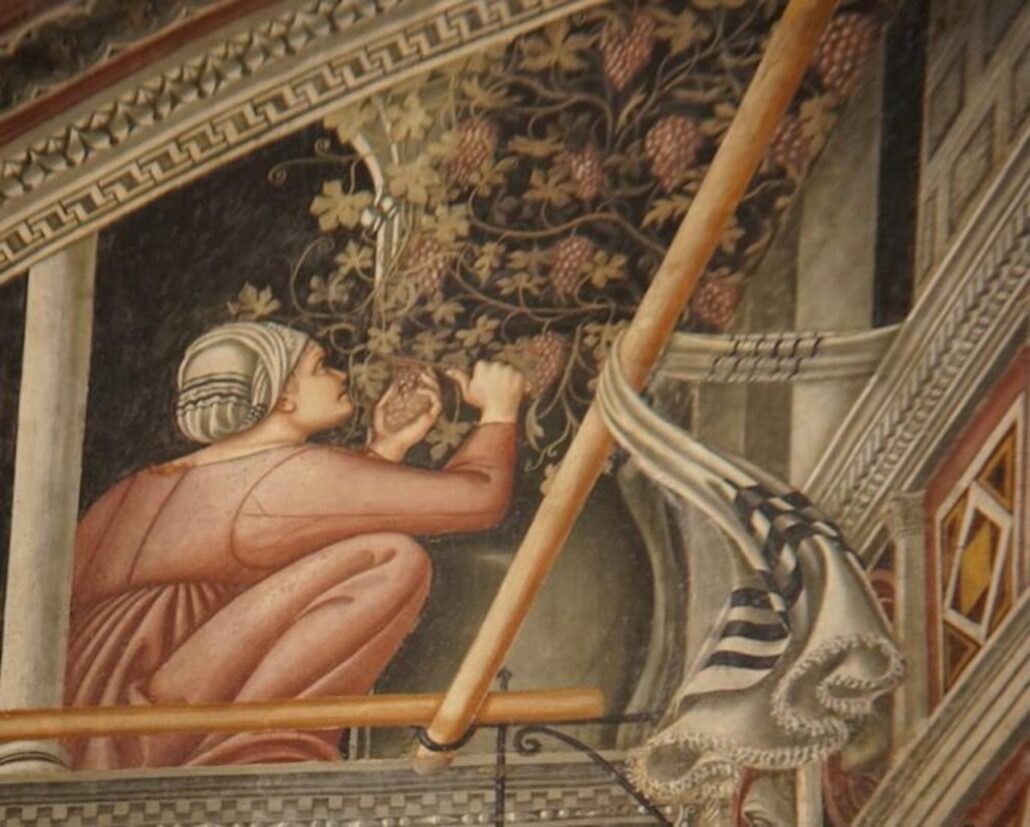
Wine has been made in Tuscany since Etruscan times—long before the Roman Empire. This ancient heritage, shaped by centuries of cultivation and trade, laid the foundation for Tuscany to become a global wine icon. From Renaissance nobles to rebellious winemakers of the 1970s, each chapter of Tuscan wine history has contributed to its present-day prestige.
Understanding Tuscan Wine Classifications: DOCG, DOC, and IGT
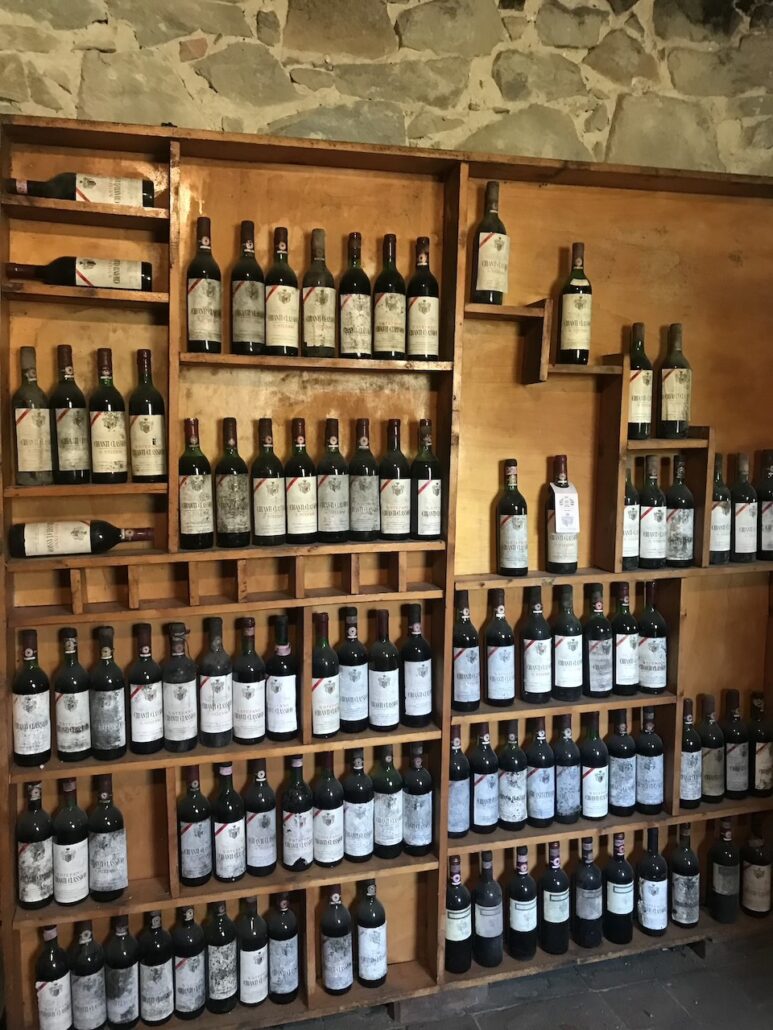
Italian wines are classified based on geography and quality:
- DOCG (Denominazione di Origine Controllata e Garantita) – the highest guarantee of origin and quality.
- DOC – controlled designation of origin with fewer restrictions.
- IGT – Indicazione Geografica Tipica, offering more freedom in winemaking (and where Super Tuscans began their revolution).
This system is crucial for understanding why some of the most celebrated wines—like Sassicaia—were once labeled simply as “table wine.”
Sangiovese: The Heart of Tuscan Wine
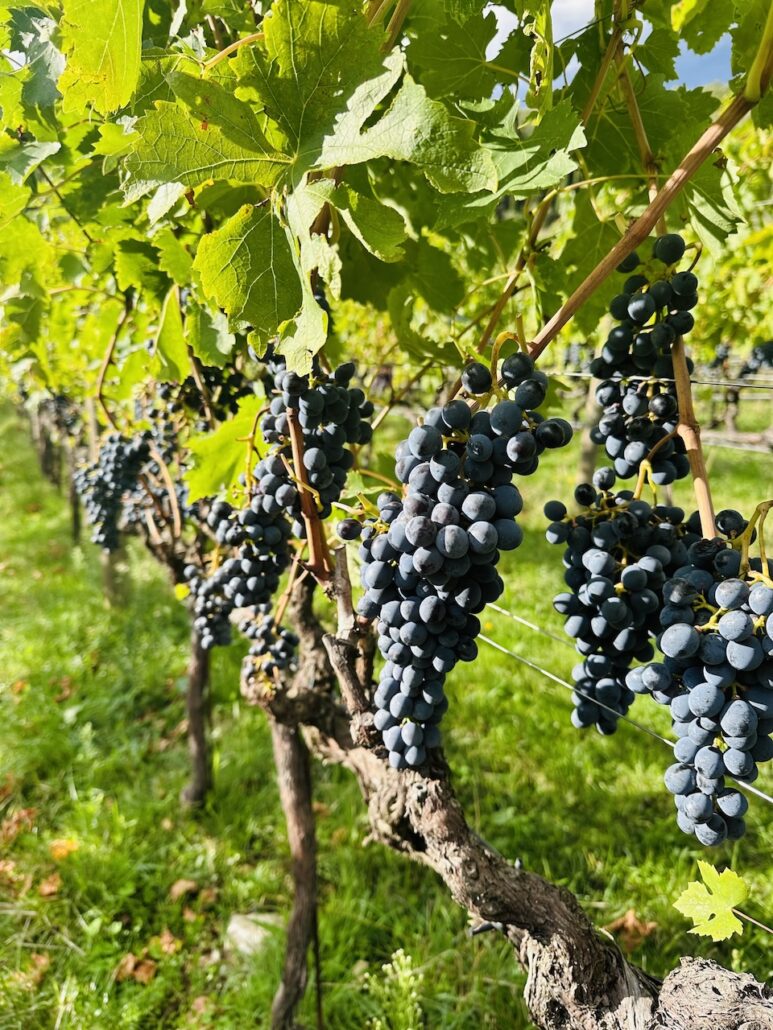
At the core of many Tuscan reds is the Sangiovese grape—versatile, expressive, and deeply tied to the local terroir. Sangiovese delivers bright acidity, cherry notes, earthy undertones, and age-worthy structure. It stars in:
- Chianti & Chianti Classico DOCG – a blend led by Sangiovese, sometimes softened with Canaiolo or Merlot.
- Brunello di Montalcino DOCG – 100% Sangiovese Grosso, known for elegance and longevity.
- Vino Nobile di Montepulciano DOCG – a regal wine made from Prugnolo Gentile (a local clone of Sangiovese).
What Is a Super Tuscan?

Born out of rebellion, Super Tuscans defied tradition in the 1970s. Winemakers, frustrated by rigid DOC regulations, began blending non-indigenous grapes like Cabernet Sauvignon, Merlot, and Syrah with Sangiovese—or even using them alone. The result? Bold, elegant wines that rival the best from Bordeaux.
Some iconic Super Tuscans to know:
- Tignanello
- Sassicaia
- Ornellaia
- Solaia
Today, many of these are classified under Toscana IGT or Bolgheri DOC, but their reputation speaks for itself.
Want to taste the magic for yourself? Join one of our Tuscan wine tours and discover hidden gems beyond the label.
Tuscany’s Diverse Wine Regions
Tuscany isn’t just Chianti! Each area brings its own style and microclimate:
- Chianti & Chianti Classico – rolling hills, Sangiovese-forward wines with bright acidity.
- Montalcino – home of Brunello, with dry summers and mineral-rich soils.
- Montepulciano – known for Vino Nobile and a balance of power and finesse.
- Bolgheri – the cradle of Super Tuscans, with coastal breezes and gravel-rich soil.
- Carmignano – a historical DOCG blending Sangiovese with Cabernet.
- San Gimignano – famous for Vernaccia, one of Tuscany’s only notable white wines.
The Terroir: Tuscany’s Secret Ingredient
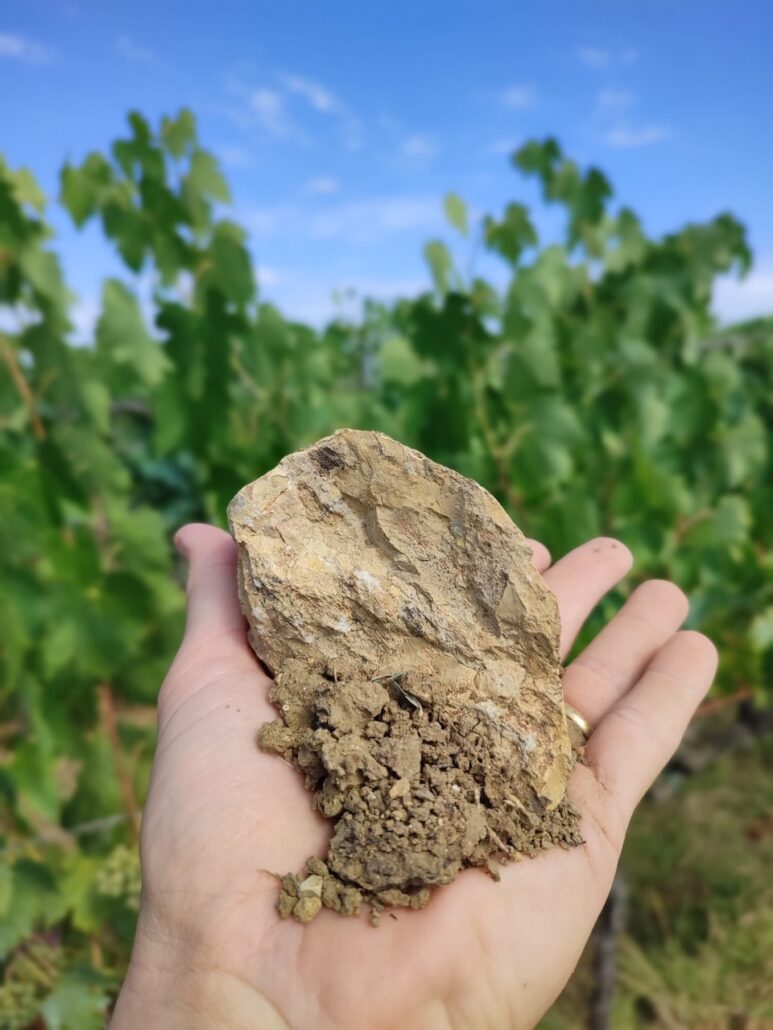
From the clay and limestone of the Chianti hills to the maritime influence in Bolgheri, Tuscan terroir is a mosaic of soils, altitudes, and climates. This diversity allows for a wide range of wine styles, even within the same grape varietal.
Not Just Reds: White and Sweet Wines
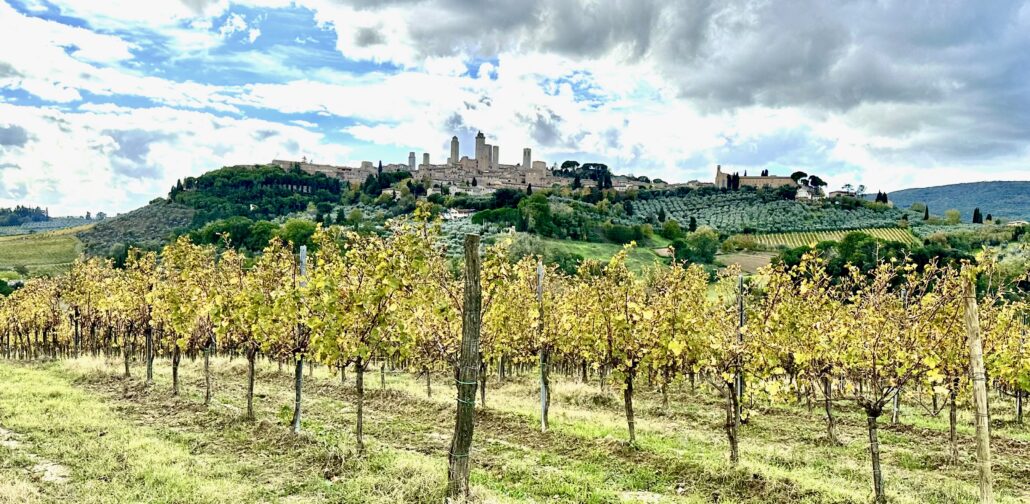
Though known for reds, Tuscany also produces:
- Vernaccia di San Gimignano – crisp, mineral, and floral. A DOCG white wine with ancient roots.
- Vin Santo – a traditional dessert wine made from dried grapes and aged in small barrels. Sweet, nutty, and perfect with biscotti.
Food Pairings: Bringing Tuscan Wine to Life

Tuscan wines shine alongside food:
- Chianti with tomato-based pasta
- Brunello with aged cheeses or bistecca alla fiorentina
- Super Tuscans with truffle dishes or mushroom risotto
- Vin Santo with cantucci
The key? Match structure with intensity. Tuscany’s wines were born to complement the region’s rustic, flavorful cuisine.
Wine FAQs: Tuscan Edition
What makes Tuscan wine unique?
A mix of history, terroir, and innovation—plus the incredible versatility of Sangiovese.
What’s the difference between Chianti and Brunello?
Both are Sangiovese-based, but Brunello must be 100% Sangiovese Grosso and aged longer, giving it greater depth and aging potential.
Are all Super Tuscans expensive?
Not necessarily! While the icons are pricey, many quality Super Tuscans exist at accessible price points.
Is Tuscan wine sweet or dry?
Most are dry, but you’ll find exceptions like Vin Santo in the dessert wine category.
Where can I taste wine in Tuscany?
From small, family-run estates in Chianti to coastal cellars in Bolgheri. For curated experiences, check out Tuscany Tour Time for small group, semi-private or private wine tours.
Final Toast: Why Tuscan Wine Captivates the World
Tuscan wine is more than what’s in the glass—it’s a story of resilience, creativity, and timeless beauty. Whether you’re sipping a rustic Chianti or a bold Super Tuscan, you’re experiencing the soul of a region where wine is life.
Ready to sip where it all began? Let us take you there. 🍷





